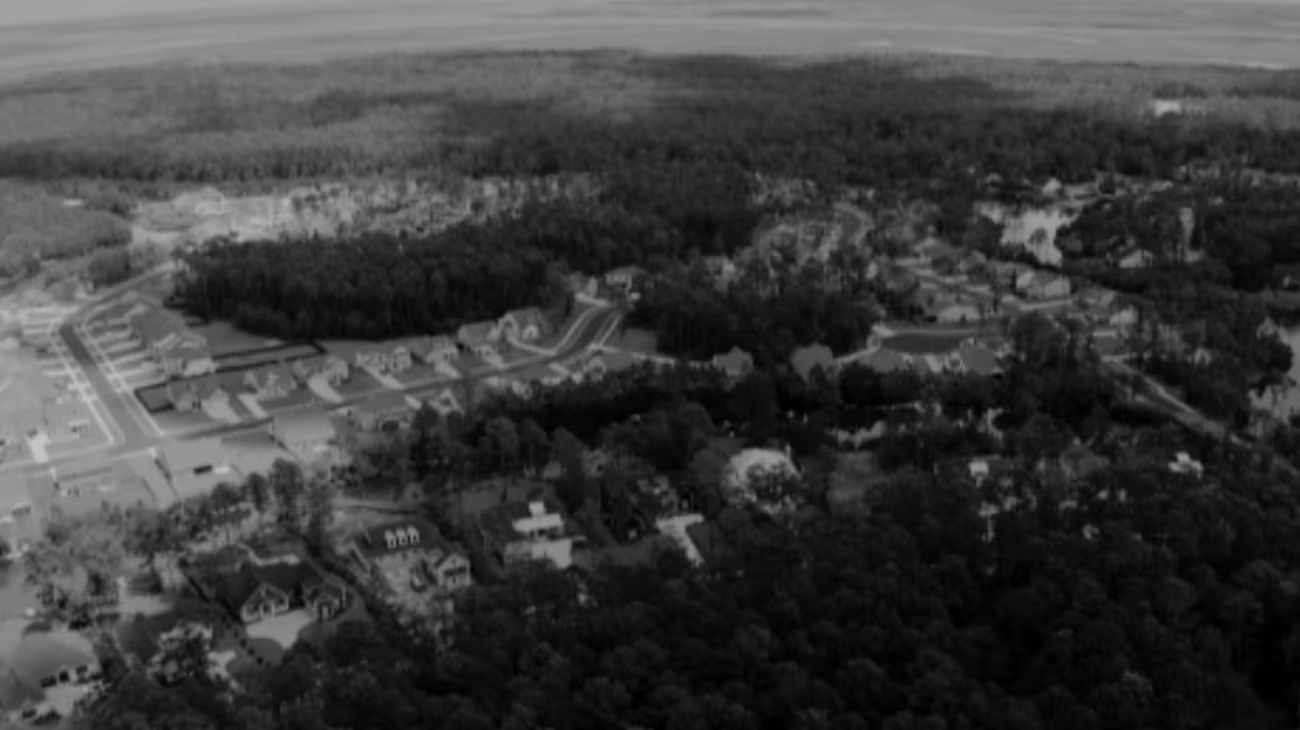
The United States government has filed a lawsuit against a prominent real estate developer amid allegations of illegal excavation and destruction of Native American artifacts and human remains. This legal action highlights ongoing concerns regarding the protection of indigenous cultural heritage and the respect for ancestral remains, as well as the broader implications of unregulated development practices. This case has sparked widespread discussions across communities, advocacy groups, and legal experts, emphasizing the importance of safeguarding archaeological and cultural sites from exploitation and irreversible damage.
The Background of the Case
The dispute centers around a development project undertaken by the accused developer in a region historically inhabited by Native American tribes. According to reports, during construction activities, native artifacts—such as pottery, tools, and ceremonial objects—were unearthed but allegedly discarded or destroyed without appropriate archaeological oversight. Furthermore, human remains—considered sacred by Native tribes—were reportedly disturbed or removed without proper consultation or adherence to federal laws designed to protect them.
The incident not only raised ethical questions but also legal concerns, as federal statutes like the Native American Graves Protection and Repatriation Act (NAGPRA) and the Archaeological Resources Protection Act (ARPA) explicitly prohibit the unauthorized excavation, removal, or disturbance of Native American cultural items and burial sites. The U.S. government’s lawsuit aims to hold the developer accountable for these violations and to enforce measures that respect the indigenous cultural heritage.
Legal and Ethical Implications
**The legal framework** surrounding this case underscores the nation’s effort to protect Native American cultural heritage. The key statutes involved include:
– Native American Graves Protection and Repatriation Act (NAGPRA): This law mandates the respectful treatment of Native American human remains and cultural items, requiring consultation with tribes before excavations and possession transfer.
– Archaeological Resources Protection Act (ARPA): Ensures the preservation of archaeological sites on public lands and prohibits excavation or removal of artifacts without a permit.
Violations of these laws can lead to significant penalties, including fines and criminal charges, as well as mandates to conduct proper archaeological investigations. Ethically, the case raises questions about development companies’ responsibility to prioritize cultural sensitivity and engage with indigenous communities before initiating construction projects.
Reactions from Indigenous Communities and Advocacy Groups
Native American tribes and cultural preservation organizations have expressed outrage and disappointment over the incident. Many view the destruction of artifacts and disturbance of human remains as a profound violation of their ancestors’ sacred sites and cultural identity.
**Key points from community reactions include:**
- Demand for accountability: Tribes advocate for stricter enforcement of existing laws and greater oversight of development activities in indigenous territories.
- Calls for restitution: Many tribes seek the repatriation of any disturbed remains and artifacts, emphasizing their cultural and spiritual importance.
- Legal reforms: Advocacy groups urge Congress to enhance protections, criminalize more forms of illegal excavation, and improve collaboration between developers and indigenous nations.
This controversy underscores the critical need for respectful engagement and proactive preservation measures to prevent similar incidents in the future.
The Developer’s Response and Broader Industry Impacts
The accused developer has denied any intentional wrongdoing, asserting that they followed all legal procedures and were unaware of the artifacts’ significance. However, the severity of the allegations has cast a shadow over the company’s reputation and has prompted calls for industry-wide reevaluation of development practices on lands with rich indigenous heritage.
**Potential consequences include:**
– Legal penalties and financial sanctions
– Mandatory archaeological assessments before future projects
– Mandatory cultural sensitivity training for developers and construction crews
– Increased public and governmental scrutiny of development activities
Moreover, this case serves as a wake-up call for the broader real estate and construction industry, emphasizing the importance of incorporating cultural and archaeological considerations into project planning to avoid costly legal battles and community backlash.
Implications for Preservation and Future Protections
This lawsuit highlights the need for a renewed focus on preserving Native American history and respecting the sacredness of ancestral sites. As urban development continues to expand, balancing economic growth with cultural and environmental conservation becomes increasingly important.
**Key strategies moving forward include:**
– Strengthening legal frameworks to ensure early consultation with tribes
– Investing in archaeological surveys and protective measures
– Promoting partnerships between developers, archaeologists, and indigenous communities
– Increasing public awareness about cultural heritage laws and indigenous rights
Overall, this incident underscores the importance of responsible development practices that honor the nation’s diverse cultural history, preventing irrevocable losses of priceless artifacts and sacred sites.
Conclusion: A Call for Respect and Responsibility
The legal action taken against the developer underscores a pivotal moment in the ongoing struggle to protect Native American heritage. It serves as a reminder that development must harmonize with cultural preservation and that respecting ancestral remains is not only a legal obligation but a moral one.
By ensuring rigorous enforcement of existing laws, fostering respectful collaborations with indigenous tribes, and adopting proactive preservation strategies, future projects can avoid similar conflicts. Recognizing the sacredness of Native American sites and artifacts is crucial in honoring the ancestors who have shaped the history and identity of indigenous communities across the United States.
**This case not only emphasizes accountability but also highlights the broader need for societal acknowledgment and respect for Native American heritage in all development endeavors.**
For more updated news please keep visiting Prime News World.








